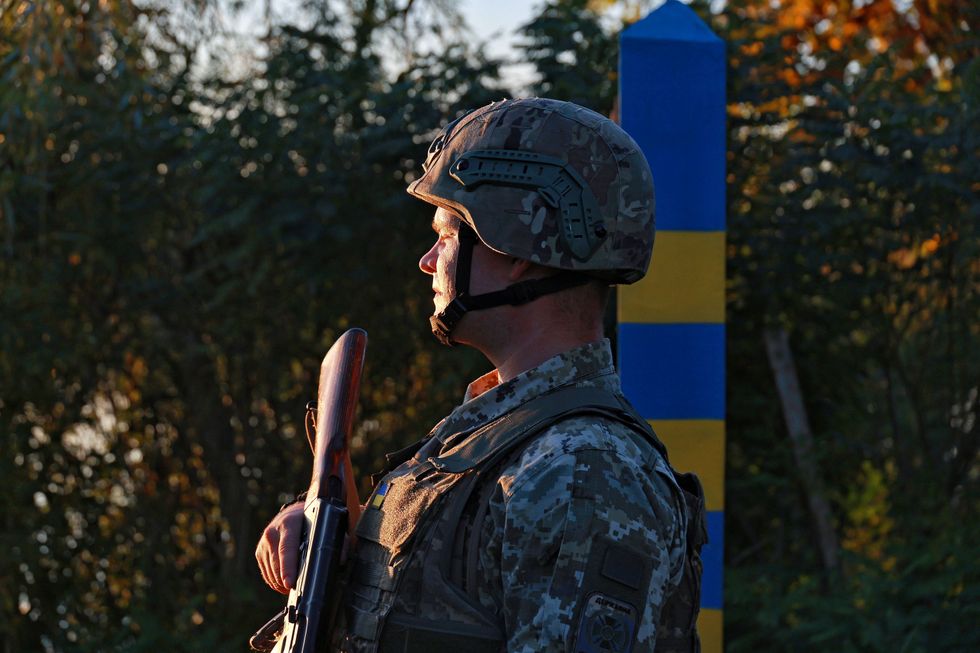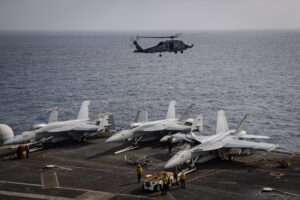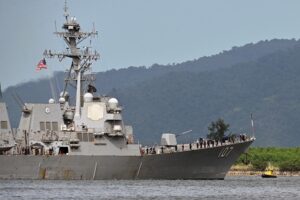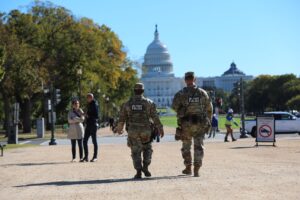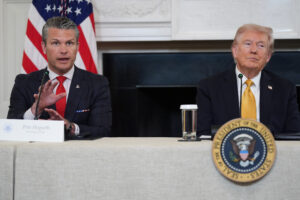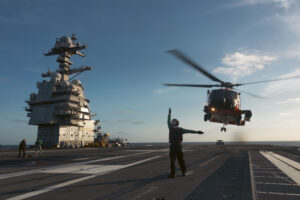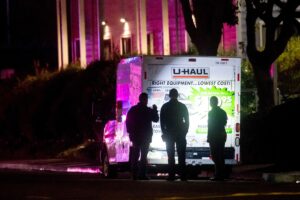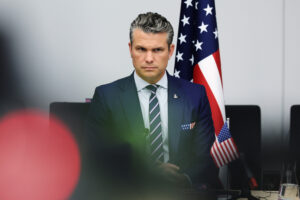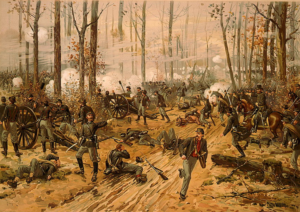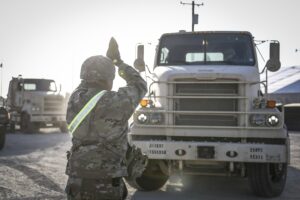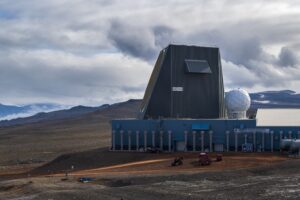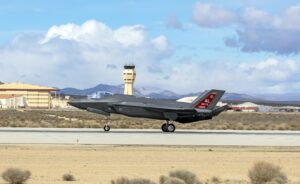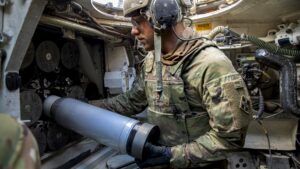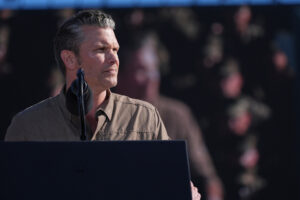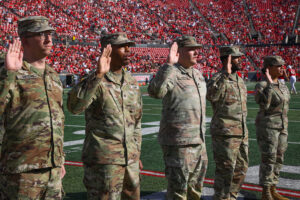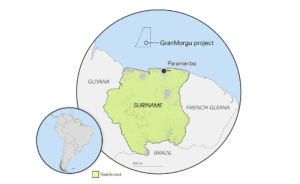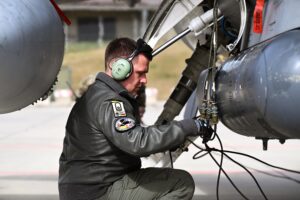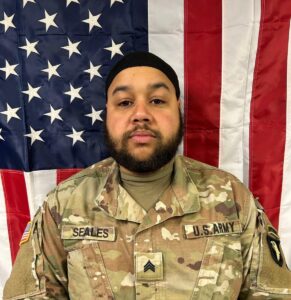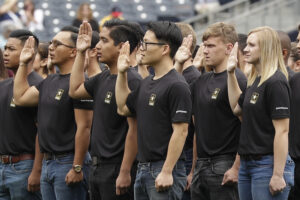
-Analysis-
HAMBURG — Russian President Vladimir Putin probably didn’t expect such a rough opening act to Donald Trump’s second term. The U.S president’s mediation efforts in the Ukraine war kicked off on Wednesday with a stark warning; Trump announced on his Truth Social platform that if Putin doesn’t agree to a “deal,” he’ll slap sanctions, tariffs and taxes on all Russian exports. The message was blunt: The war must end. “We can do this the easy way or the hard way,” Trump continued.
For the latest news & views from every corner of the world, Worldcrunch Today is the only truly international newsletter. Sign up here.
Putin may have hoped for a friendlier start. On Monday, he congratulated Trump on his second presidential inauguration. He said that he was open to dialogue and interested in “lasting peace.” Premature praise for the United States’ new leadership also came from Moscow’s Foreign Ministry. In contrast to the “hopeless Biden administration,” the new administration was a “window of opportunity” for negotiations, Russia’s Deputy Foreign Minister Sergei Ryabkov said on Wednesday.
Ukrainian President Volodymyr Zelensky is also laying it on thick with Trump. At their December meeting, Zelensky reportedly suggested that Putin fears no one except Trump, maybe not even China. During a three-hour podcast with Lex Fridman in January, Zelensky showered Trump with praise, calling him “so powerful, so influential.” Zelensky, advocating for Ukraine’s NATO membership, is trying to sell Trump on the idea that a Russian victory would ultimately hurt the United States, too.
But what exactly might a deal between Russia and Ukraine entail? The details are still very unclear. Officially, Ukraine continues to demand a complete withdrawal of Russian forces under Zelensky’s so-called peace formula. Meanwhile, Russia views Crimea, Donetsk, Luhansk, Zaporizhzhia and Kherson as its territory. No solution is likely to stick unless it’s backed by military might. Here are four possible scenarios for how things might develop in Ukraine.
Scenario 1: No deal
Negotiating a peace treaty that satisfies both sides is a highly complex matter. Given Russia’s economic problems and high Russian losses, Trump seems to be hoping that Putin will see reason. But Putin may well be living in his own bubble. The Russian army is still advancing in Ukraine.
Putin’s view of the economy is also likely to be more optimistic. Even if growth is slowing, arms production is still rising. The Russian government should not expect an acute economic crisis at least for the next 12 months, writes economic expert and former employee of the Russian Central Bank Alexandra Prokopenko in an analysis for Foreign Affairs.
Both countries have the resources to keep fighting.
Meanwhile, the core demands of both sides remain at odds. Russia insists on the recognition of its territorial gains and wants Ukraine to adopt a neutral status. Zelensky, however, can’t and won’t accept this, according to Mykola Kapitonenko, a professor at Taras Shevchenko University in Kyiv. He believes the conflict isn’t “ripe” for peace because both sides still think they can improve their positions. If no agreement is reached, the Russian army will likely keep advancing in the coming months.
In the short and medium term, both countries have the resources to keep fighting. German security services assume that Russia can now produce weapons in stock. Putin is therefore unlikely to run out of weapons. And Ukraine could solve its acute shortage of personnel by lowering the mobilization age from the current 25 years.
Russia is likely to continue to concentrate on conquering the Ukrainian Donetsk Oblast. Russia currently occupies around 70% of the region, and taking it completely looks like a very realistic goal now — especially since it remains to be seen how much the United States under Trump will be prepared to support Ukraine with additional weapons.

Scenario 2: A Korea-like demilitarized zone
Trump’s special envoy for Ukraine and Russia, Keith Kellogg, hinted at a potential U.S. plan last year: freezing the conflict along the front line. Trump’s Vice President, JD Vance, also proposed a demilitarized zone along the line. The idea is reminiscent of the arrangement between North and South Korea, where a demilitarized zone has existed between the two since 1953.
North and South are facing each other there, heavily armed, and in the south thousands of U.S. soldiers are still stationed to this day. The North is supported by Russia and China — although not directly with soldiers. This model has prominent advocates in the West. French President Emmanuel Macron has long been offering Ukraine French ground troops. They are not intended to fight, but to provide Ukraine with logistical support.
France has also offered its armed forces as peacekeeping troops. Together with soldiers from other countries, they could secure the border between free Ukraine and the areas occupied by Russia. German Defense Minister Boris Pistorius also believes that a ceasefire would have to be secured militarily and that Germany would have to participate in it.
The front line is very long, and securing that would be a challenge.
But the front line is very long, and securing that would be a challenge. Together with a possible deployment area in Belarus, it’s a border of around 2,500 kilometers, 10 times longer than that of Korea (250 kilometers). It is difficult for the West to supply such a large area with troops without leaving gaps — and it would also be a great burden for the Ukrainian army.
At the World Economic Forum in Davos, Zelensky said it would take at least 200,000 soldiers to patrol such a border. Austria’s Colonel Markus Reisner estimates the figure closer to 150,000.
The United States would likely shy away from deploying its troops, leaving European countries to bear the duty. Yet European political volatility (think Russia-friendly Marine Le Pen in France or the growing influence of Germany’s AfD) makes long-term commitment uncertain.
Another problem for Ukraine: a ceasefire based on the Korean model would cement the Russian occupation of Ukrainian territory. U.S. protection troops have been stationed in Korea for 72 years, and there is still no peace there. There have been repeated artillery fire, naval battles and deaths in the huge minefield between the two countries.
Scenario 3: The Cyprus scenario
The idea of deploying UN peacekeepers is often floated as a way to end conflicts. Cyprus is considered a successful example. Turks and Greeks had fought a civil war against each other on the island. The island was divided in 1974 and a buffer zone was set up, into which international peacekeepers moved. The guns have been silent for decades, but there is no real peace. Cyprus remains divided, and peacekeepers are still standing between the two sides to prevent further violent conflict.
For Ukraine, there are proposals to create a demarcation line with a buffer zone. This would separate the areas controlled by Russia and Ukraine. Unlike the Korea model, peacekeepers would then be stationed between the warring parties. These could also be provided by countries that have a close relationship with Russia, such as Brazil, India, Mali or South Africa.
South Cyprus was admitted to the EU despite its division.
In Cyprus, UN troops hold the green line, which is 180 kilometers long and in some cases several kilometers wide. But, again, in Ukraine, such a demarcation line would be considerably longer. And there is a considerable risk for peacekeepers stationed there of becoming involved in fighting. In 2014, pro-Kremlin separatists in the Donbas agreed a ceasefire with the government in Kyiv, but it was never really respected.
But here’s another aspect: South Cyprus was admitted to the EU despite its division. This could also be an opportunity for the free part of Ukraine, granted that the ceasefire with Russia becomes stable and permanent.

Scenario 4: Security through NATO
Theoretical discussions about Ukraine joining NATO date back to 2008. U.S. plans to admit Ukraine and Georgia into the alliance — which European heads of government, including then German Chancellor Angela Merkel, had spoken out against — led to a more aggressive Russian foreign policy and ultimately to war in Georgia.
The annexation of Crimea in 2014 and the occupation of parts of the Donbas by Russian-led separatists ultimately made admission impossible — as did the unwillingness of European governments, who sought appeasement by trying not to provoke Putin.
Yet the alliance will not accept any state that is currently at war.
Since the Russian invasion began almost three years ago, Zelensky has been urging the alliance to finally let his country in. Zelensky is now proposing that the unoccupied part of Ukraine could join NATO — consequently, only this free area would be subject to alliance solidarity and military intervention.
NATO’s new secretary general, Mark Rutte met with Zelensky shortly after taking office in October, and he confirmed the fundamental prospect of Ukraine joining the alliance in the future and assured they would be pledging military aid in the meantime. Yet the alliance will not accept any state that is currently at war. In addition, all decisions in NATO must be made unanimously, and countries such as Hungary and Turkey are very likely to refuse their consent and block Ukraine’s admission.
Even if Ukraine clears these obstacles, Putin has already ruled out any peace agreement that includes NATO membership for Ukraine. Under such circumstances, the war would undoubtedly drag on.

